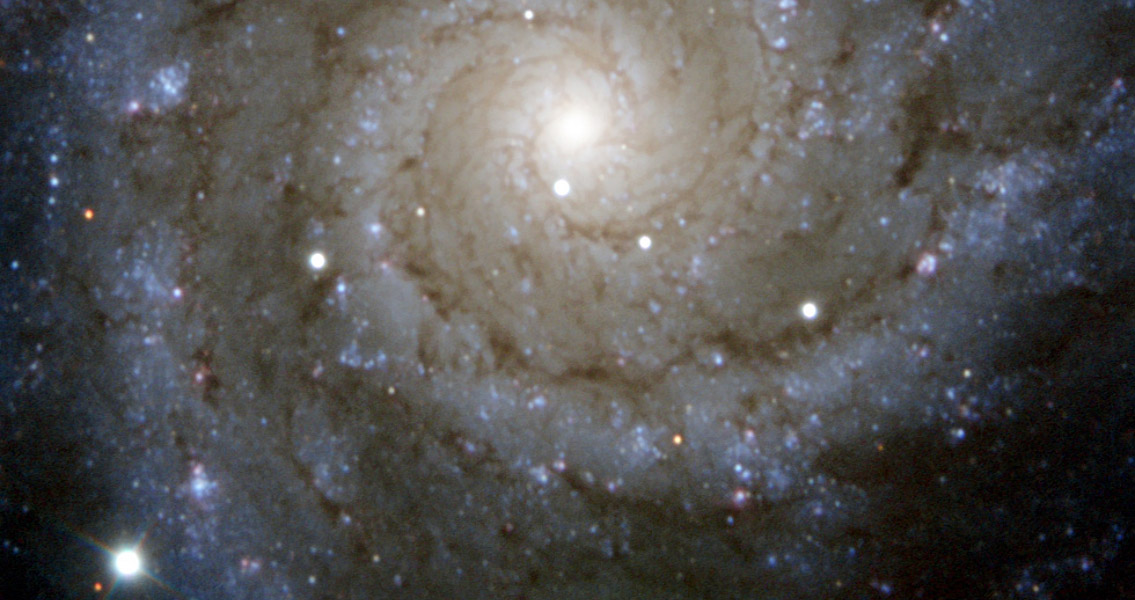<![CDATA[Exploding stars close enough to Earth to bathe the planet with radiation may have played a part in influencing human evolution, a new research study claims. The final stop in the lifecycle of many stars, an explosion known as a supernova, is powerful enough to be visible from not just across the Milky Way, but from neighboring galaxies. Scientists have been able to record an increasing number of supernovas as detection methods and technologies have advanced over the last half a century. Researchers have posited that nearby supernovas could have done more than provide brief flashes in the night sky. The light and other radiation from “local” supernovas, or those that occur within a 325 million light year radius of Earth, are understood to reach the planet around every 2 to 4 million years. This radiation, scientists suggest, could have had a strong influence on the development of the planet, as it could have disrupted global climate systems and possibly triggered mass extinction events as well. Radioactive material possibly left behind by these periodic supernova showers was found in 1999 in the form of iron-60, an isotope of the mineral found in deep ocean deposits. The amount of iron-60 discovered in these rocks was at least ten times the amount found naturally, clearly indicating a non-terrestrial source such as detritus left over from supernova radiation. Now, a newly published research study has sought to pinpoint the last few times supernova radiation might have bombarded Earth. The results of this research revealed that these most recent events could have been close enough to the development of humanity as a species to have influenced our evolution. The project was likened to “galactic archaeology,” by Dieter Breitschwerdt, a Berlin Institute of Technology astrophysicist and the lead author of the study. In an interview with Scientific American, the astrophysicist explained that the study focused on the 1,200-light year region of space surrounding the Earth known as the Local Bubble, which incorporates the region of the Milky Way that the Earth inhabits. Breitschwerdt and his team used a combination of existing supernova data and computer modeling to determine if the deep-sea deposits of iron-60 were from local supernovas that occurred around 2.2 million years in the past. The results led to the team pinpointing two supernovas that would have ejected their radioactive mass on trajectories that hit Earth – two stars that were around 290 light years and 325 light years from our own planetary system. Both of these supernovas, the first occurring 2.3 million years ago when a star almost 10 times the mass of our own sun exploded; the second 1.5 million years in the past when another star nearly as large exploded, occurred well within the window of human evolution. In fact, the oldest known member of the Homo genus – of which Homo sapiens is a member – has been dated to around 2.8 million years old. These explosions were two of the 14 to 20 supernovas that supplied the hot plasma making up the Local Bubble, researchers said. The other supernovas likely showered iron-60 onto Earth as well, albeit to a smaller extent because they happened farther away and longer ago. When the radiation from these two explosions reached earth, it could have triggered genetic mutations on Earth’s early life, Breitschwerdt remarked. In fact, mutations such as increase in brain size – one of the hallmarks of human evolutionary development – could have been jumpstarted by the supernova radiation. ]]>
Exploding Stars May Have Influenced Human Evolution
